Infrared (IR) heating has moved from niche to mainstream. As energy costs fluctuate and buildings decarbonize, operators are prioritizing targeted, efficient heat with minimal maintenance overhead. Below is a definitive, people-first guide to the ten questions users actually ask in 2025—structured for featured-snippet clarity, aligned to Google’s helpful-content guidance, and optimized for real-world decision-making.
Key takeaways (at a glance):
- Electric infrared heaters are non-ionizing and don’t produce carbon monoxide; the main risks are overheating, burns, and fire from misuse.
- Safety is a function of certified hardware, correct sizing/placement, clearances, and automation (thermostats, timers, tip-over/overheat protection).
- For large rooms, right-sizing and zoning outperform “one big box” approaches.
Are infrared heaters safe to leave on overnight?
Short answer: It’s possible, but not best practice. If you must, use a certified unit with a thermostat, tip-over and overheat protection, a timer, and proper clearances. Never drape fabrics over the heater or block airflow (for hybrid/convection models).
Deep dive: Electric infrared heaters don’t burn fuel, so there’s no carbon monoxide risk. The operational risk is unattended heat. Overnight use increases exposure windows for faults—tipped devices, covered units, or objects too close to the radiant path. Operationalize safety like this:
- Deploy a smart thermostat or integrated controller to cycle to a safe setpoint (e.g., 16–18°C) while you sleep.
- Maintain 3 feet / 1 meter clearance in front and at least 0.5 meter on sides/rear (follow your manual).
- Keep on dedicated outlets; avoid extension cords.
- For panels, wall/ceiling-mount as specified; for portable units, place on stable, non-flammable surfaces.
Can infrared heaters cause cancer?
Short answer: No credible evidence links consumer infrared heaters to cancer. IR is non-ionizing—it warms objects but doesn’t damage DNA the way ionizing radiation can.
Nuance: High-intensity near-infrared (e.g., industrial processes) can be harsh on eyes/skin at close range and long exposure. Consumer devices operate far below those thresholds. The real risks are thermal (burns with close contact) and fire if misused. Do not stare directly into glowing quartz emitters at close distance; place the unit per the manual and maintain clearances.
Can you sleep with a space heater on?
Short answer: Not recommended unless you’ve engineered the risk down with modern safeguards.
Best-practice stack:
- Thermostat + timer: Drop to a low setpoint and auto-off for morning.
- Tip-over/overheat protection: Non-negotiable for portable units.
- Mounting: Prefer fixed panels on walls/ceilings for bedrooms to reduce touch/fire risk and improve distribution.
- Environment: Keep bedding, curtains, and furniture out of the radiant path.
If you need overnight comfort routinely, consider zoned, fixed IR panels controlled by a room thermostat—less risk than a portable unit left running for hours.
Is it safe to run an infrared heater on all the time?
Short answer: Hardware can be rated for continuous operation, but the safe way is to run it under control—thermostat cycles, timers, and scheduled setpoints.
Why it matters: “Always on” wastes energy and increases contact/fire risk if room conditions change (e.g., a throw blanket falls). Instead:
- Use closed-loop control (built-in or external thermostat) so the heater cycles.
- Validate duty cycles and ambient limits in the manufacturer’s spec.
- For commercial sites, add over-temperature cutoffs and facility policies (lockouts, inspections).
Are infrared heaters a fire hazard?
Short answer: Any heater can be a hazard if misused. Infrared units are lower risk when installed/used correctly, but they can ignite nearby combustibles if placed too close or knocked over.
Risk controls:
- Certification (e.g., CE/UL/ETL) and overheat/tip-over protection.
- Clearances: Keep the radiant path free—no fabrics, paper, or solvents.
- Surface temperature: Panels can run hot to the touch; use guards where children/pets are present.
- Electrical loading: One dedicated outlet per portable heater; don’t daisy-chain.
Dangers of infrared heaters for large rooms?
Short answer: The danger isn’t the technology—it’s misapplication. Under-sized or poorly zoned heaters lead to unsafe workarounds.
Typical failure modes in big spaces:
- Underspec’d units → cranked to max for hours → hot surfaces near soft furnishings.
- Multiple portables on one circuit → overloading and tripped breakers.
- Uneven heat → users drag units closer, defeating clearances.
- Extension cords → trip, heat, and fire hazards.
Enterprise pattern that works: Right-size with a heat-loss calculation, zone by occupancy (task heating for workstations), and fix-mount panels or high-mount IR with smart controls. This de-risks operations and optimizes total cost of ownership.
How long can an infrared heater stay on?
Short answer: Many units are designed for continuous service, but safe operation is conditional: correct installation, clearances, and automatic control.
Operational guidance:
- Treat “how long” as “until the thermostat says otherwise.”
- For portables, build in timed shutoff (e.g., 1–4 hours).
- For fixed panels, rely on a room thermostat to cycle and protect surfaces from prolonged overheating.
- If the space empties (night/weekends), leverage schedules or occupancy sensors.
Far infrared heaters health risk
Short answer: Far-infrared (FIR) heaters primarily emit thermal radiation comparable to warmth from the sun without UV. For typical household or office use, health risks are minimal when installed per the manual.
What to watch:
- Contact burns: Panels can reach high surface temperatures; don’t touch; mount out of reach.
- Dehydration/air quality: IR heats objects, not air flow; it doesn’t burn oxygen or create fumes. Maintain normal humidity for comfort.
- Marketing claims: Be cautious with medical claims (detox, cure-alls). For health conditions, talk to a clinician; a heater is a comfort device, not therapy.
How does an infrared heater work?
Short answer: Infrared heaters emit radiant energy that travels in straight lines, heating people and objects directly. Those warmed surfaces then re-radiate heat, stabilizing comfort with less air stratification than pure convection.
Mechanics in plain terms:
- Emitters: Quartz/ceramic elements or carbon films convert electricity to IR.
- Wavelengths: Near/mid/far IR bands; most indoor comfort solutions emphasize far IR for gentle, even warmth.
- Distribution: Line-of-sight matters. Ceiling or high-wall mounting provides broad, uniform coverage; portables are more spot-heat.
- Controls: Thermostats modulate runtime. Smart controllers integrate schedules, geofencing, and group control for multi-room optimization.
- Efficiency story: Because IR targets people/surfaces, perceived warmth can be achieved at lower air temperatures, which can reduce runtime in certain use cases.
Infrared heating panels health risks
Short answer: For compliant, correctly installed infrared heating panels, health risks are low. The predominant risks are touch burns and clearance violations—both manageable.
Implement with intent:
- Mount height/zone: Keep panels out of reach and within spec’d angles to avoid over-heating nearby items.
- Surface temps: Assume “hot when operating.” Add guards in child/pet zones.
- EMF concerns: Quality panels keep EMF low and within international guidelines.
- Cleaning: Dust buildup can discolor surfaces and reduce performance—wipe per manual.
Safety & Sizing Checklist (bookmark this)
- Get the math right: Run a room-by-room heat-loss calculation (insulation, windows, ceiling height, climate zone). Right-sizing enables safer, shorter duty cycles.
- Prefer fixed where possible: Wall/ceiling panels with thermostats beat ad-hoc portables for routine use.
- Controls are your safety net: Thermostats, timers, overheat/tip-over sensors, and schedules.
- Respect clearances: Keep 1 m in front and 0.5 m to sides/rear unless your manual says otherwise.
- Power discipline: One heater per outlet; no extension cords; verify circuit capacity.
- Child/pet strategy: Use guards and higher mounting; avoid low, exposed emitters.
- Overnight protocol: Prefer low setpoints + timers rather than continuous full-power operation.
- Policy for workplaces: Define who can move/adjust heaters, inspection intervals, and shutdown procedures.
Final word
Infrared heaters are safe, efficient, and scalable when you right-size, install to spec, and automate. The technology itself isn’t the risk; misuse is. Anchor your setup in certified hardware, disciplined clearances, and smart controls, and you’ll deliver comfort with fewer surprises—and a healthier bottom line.
Disclaimer: This article provides general information, not medical or safety certification advice. Always follow your manufacturer’s instructions and local regulations.

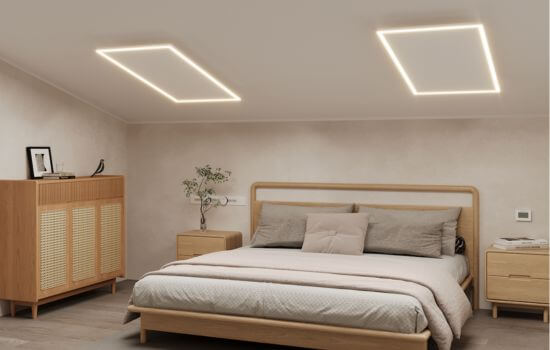
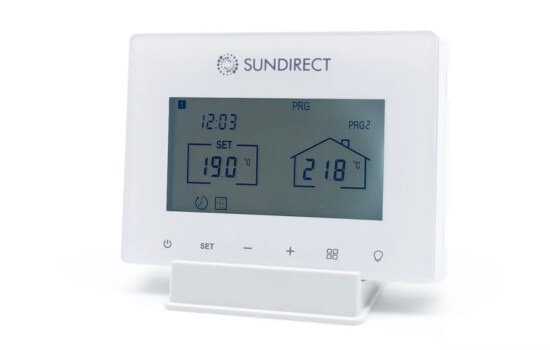
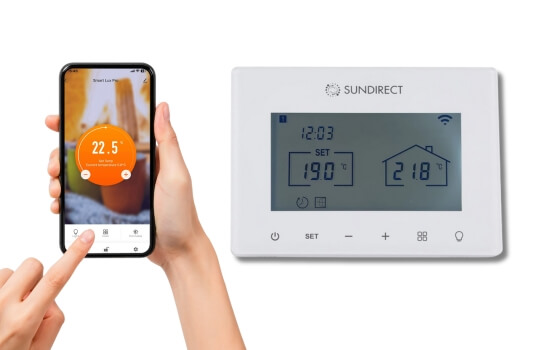













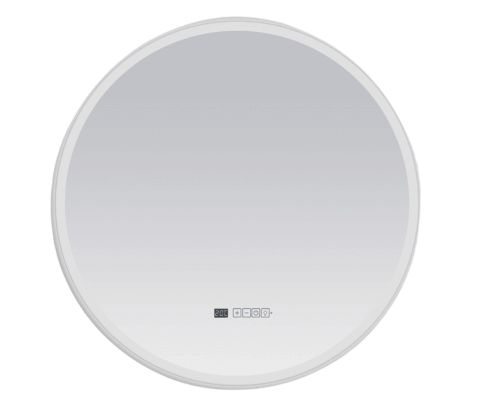












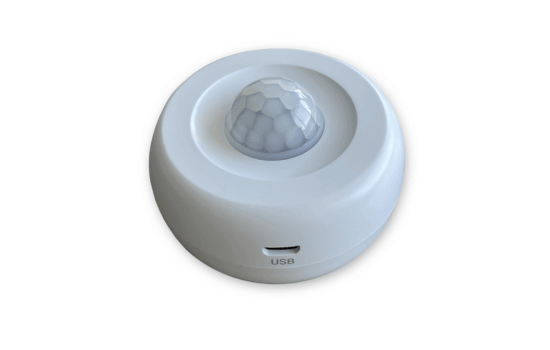
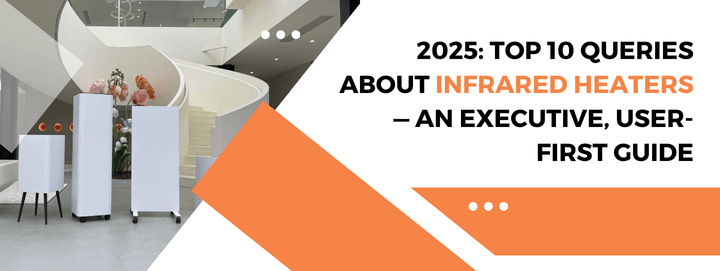


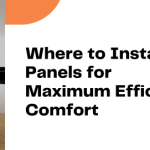
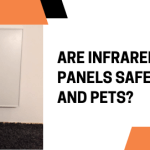
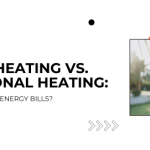
Leave a Reply